Microchipped and marked - PART 3
THEY COME AS FRIENDS...
Dear Readers of ClownBasket,
Welcome to my Substack.
I'm not sure how enjoyable is the topic of technology, microchips, MAC addresses and so on. But if so, you will find more fun reading other articles.
Enjoy, have fun! It's just technology.
I recommend FYI articles on health, antioxidants, treatment of adverse effects.
There is a problem and there is a solution.
Yours,
OH
IF YOU STILL THINK THESE INJECTIONS ARE FOR YOUR HEALTH, CONSIDER THE FOLLOWING:
1. Nanopay & SILICON CHIPS
https://nanopay.net/nanopay-and-intuit-quickbooks-canadian-announcement/
Nanopay has been pushing businesses and banks on payment and liquidity-management products that are built on the company’s “hybrid blockchain” technology. Nanopay also continues to eye opportunities to provide digital currency for central banks, such as the Bank of Canada, which has considered the idea.
Recognizing a need for change
Back when banks were primarily focused on account acquisition, Laurence Cooke left the telecom industry for an area in desperate need of change–payments. He founded nanopay in 2013, with the goal of delivering simple and accessible payments to all people. With this goal of financial inclusion, nanopay acquired MintChip, a digital cash platform developed by the Royal Canadian Mint.
Using Centralized Ledger Technology (CLT), nanopay further enhanced the MintChip platform to be more scalable, reliable, and easy to use. Today, nanopay is privately funded, and offers payment and liquidity management products for businesses and banks.
In the future, nanopay will digitize money for central banks and offer the infrastructure to enable what’s more commonly known as Central Bank Digital Currency (CBDC).
https://nanopay.net/cbdc-is-coming-and-fast/
Just last month, China’s central bank, the People’s Bank of China (PBoC), announced that its new digital currency “can now be said to be ready.”
Digital currency is coming, and the ‘why’ is clear, but the ‘who, what, when, where and how’ could take many forms. nanopay believes that technology providers should not compete against, but rather, partner with governments and central banks, to both better understand their needs, and better respond to changing behaviours.
http://web.archive.org/web/20140410211313/https://www.wired.com/2012/05/mintchip/
Marc Brule: Unlike most other payment products, MintChip operates with many of the characteristics of cash in the online world. Not requiring a proprietary network or any network at all to authenticate and process the transaction, it is a direct transfer of value from consumers to business or person to person.
The value is stored in secure integrated chips and uses a secure protocol that allows the transfer of value from one chip to another.
Like cash, it operates without the need for personal identification, is instantaneous and does not have any age or credit requirements for use.
Wired: Isn’t it odd, if not completely inconsistent, to have a central bank (or the mint of the central bank-whatever) telling citizens that cash is suboptimal? After all, governments and their central banks provide citizens with physical representations of fiat currency to use. Now all of a sudden you don’t want us to use this stuff that we’ve been paying you to manufacture, distribute, and maintain in the economy for generations? I guess I’m a little confused.
Brule: We are not trying to discourage the use of cash in the physical world. The Mint has been supplying metal coinage to the Canadian trade and commerce for over 100 years, and continues to do so.
Within the exploding digital economy, cash is not applicable. MintChip could be the digital equivalent of cash for online transactions.
Wired: Where, when, and how can I get me some MintChip?
Brule: I’m glad you asked. MintChip is still a prototype in the R&D stage. We opted to vet the MintChip proposition idea and technology through a challenge. Our hope was that we would excite the development community to help us determine MintChip’s market applicability.
‘a silicon chip with a unique ID’
Sep 20, 2013 at 2:50 a.m. PDT
How MintChip works
MintChip used a silicon chip with a unique ID
as a store of value, which was then to be sent to brokers who would trade them to consumers and businesses.
Those buying chips from brokers will load them onto a chip with a unique ID. To instigate a payment, the specification says that a receiving chip can optionally request the payment, sending its unique ID to the sending chip, along with an amount to be paid. It can also include information such as a text annotation describing the purchase, and a destination URL for the payment to be sent.
The sending chip then generates a value message, cryptographically encoded using a digital signature. This contains the value being transferred, and other information. On receipt, it is verified using the sender's public certificate, and then each chip is debited and credited to reflect the transaction.
nanoPay Corporation, a loyalty and payment platform tech start-up in Toronto, has acquired all the assets related to MintChip, a fledgling digital currency developed by the Royal Canadian Mint (RCM)
Plans are now afoot to commercialize the technology during 2016 under the new custodians.
Specifically, parties transacting via MintChip can transfer money from a chosen bank account to a nanoPay app and make payment for products and other services by placing their mobile phones by a cash register using so-called near-field communication (NFC). This establishes communication between two electronic devices (one usually a portable device like a smartphone) when they are within 4 inches (10cm) of each other.
NFC is based on RFID
NFC (near-field-communication) technology - https://en.wikipedia.org/wiki/Near-field_communication"":
NFC standards cover communications protocols and data exchange formats and are based on existing radio-frequency identification (RFID) standards including ISO/IEC 14443 and FeliCa.
Expanding Partnerships & Beyond Canada
nanoPay is now focused on expanding partnerships with central banks, commercial banks, telcos, acquirers, retailers, as well as developers and POS providers that will further expand the utility and acceptance of MintChip. To begin with the MintChip app will process payments in Canadian dollars, but it is understood that moves are in the pipeline to support payments in more currencies later in 2016. And, plans into other territories outside Canada are on the cards too.
Cooke indicates that they expect to “enter the US and UK” this year. “We will expand into mainland Europe and other countries based on the success in these markets. And, we would like to be the globe’s digital cash platform, partnering with central banks, retailers, telecos and banks globally.” Indeed, a number of Canadian retailers - as yet undisclosed - will support transactions via MintChip according to the executive.
It will certainly be interesting to see nanoPay’s progress going forward in terms of how they utilize and leverage the technology behind MintChip to process cash payments through secure transactions and gain user traction and buy-in.
The platform is significantly more sophisticated than back in the early days of the 'MintChip Challenge',
while nanoPay are continuing the development process with MintChip version 2.0 of the platform and making it significantly more scalable.
Watch this space.
https://financialpost.com/news/fp-street/q-a-interview-with-mintchip-boss-marc-brule?r
JG:How would you describe MintChip?
MB: I guess you would all it a digital cash product. There’s nothing out there quite like it. It’s kind of like a pre-paid product, and it’s virtual so it can work in a cloud environment, and can be used in all the channels for bricks and mortar, it can be used online and it can also be used in peer-to-peer payment.
JG:Can you talk a bit more about the concept of a digital cash product?
MB: It’s basically a cryptography, so its cryptographic message. Technology for moving the value from one secure chip to another. And it moves instantaneously.
2. BILL GATES VAXTRAC & CERTUS
Vaxtrac solution will help facilitate a safe return to normal by modernizing the record-keeping and credentials for vaccinations and testing.
Vaxtrac uses SICPA’s proprietary CERTUS service to ensure the security of vaccination records and credentials.
In the face of global pandemics like COVID-19, the lack of secure, reliable, connected data poses a direct risk to the health of individuals, communities, and entire countries.
Representing a groundbreaking effort to bring together proven technologies and approaches to addressing this urgent challenge, Vaxtrac enables a real-time, holistic view of population health by providing strong data validation, giving individuals control of their records, and removing fraud from the system.
Vaxtrac allows for secure, universal access to individual testing and vaccination credentials issued only by authorized healthcare providers; seamless independent verification; and real-time updates to relevant information.
SICPA’s CERTUS MyHealth Pass sits at the heart of Vaxtrac to generate a blockchain-protected digital seal
that ensures credentials are tied to a unique identity, cannot be tampered with, and can be confidently verified by anyone ensuring greater transparency and preventing potentially dangerous efforts to mislead public health officials.
Together Vaxtrac and CERTUS provide a scalable,
easy to implement, privacy-preserving solution that can be used end-to-end or as individual modules to assist in the short- and long-term management of immunization control.
“Preparing for the public health response to COVID-19 has revealed critical gaps in current vaccination management infrastructure,” said Karen Gardner, chief marketing officer, SICPA North America. “Vaxtrac and CERTUS help fill those gaps with modernized vaccination management and credentialing to immediately help public health officials manage successful COVID-19 testing and immunization programs, complete with secure, reliable credentials. This is critical in safely facilitating the return to ‘normal’ needed for economic recovery and continued global health and security.”
“The Vaxtrac System is architected from the start to be secure, privacy-preserving, and to work across the many places a population might need a validated proof of testing or immunization,” added Jeffrey Hattara, CEO of Allied Identity. “Our low-cost model guarantees the sustainability of the infrastructure for the long term for all stakeholders.”
It is against this background that three companies have partnered to propose the “Covid-19 secured health passport”, a health passport which will contribute to allowing rapid and safe deconfinement: OpenHealth, French leader in managing health data for official health authorities and stakeholders in industry, research and the public at large; the Swiss SICPA Group, global leader in providing authentication and secured traceability technologies; Guardtime, supplier of the KSI® Blockchain timestamping, the first blockchain-based trust service certified under the EU's eIDAS framework.
The KSI® Blockchain will make it impossible to falsify and the health data on these certificates will be used by the OpenHealth platform to follow the evolution of deconfinement and management of the crisis, following the model of flu pandemics.
KSI Blockchain is also used by NATO and the U.S. Department of Defense.
Security seals with RFID are widely used in the financial sector:
the transport of cash and confidential documentation requires exhaustive monitoring of the merchandise, a process which has been simplified and secured by RFID applications.
Security seals with RFID technology are also usually customized with a barcode or a numerical marking system
as an alternative should there be any problem reading the RFID. In this sense, choosing a marking system with high security laser is recommended, because it is impossible to erase or manipulate it.
RFID Tag Components
The tag itself has three core components, the microchip, substrate, and antenna. Let us look at each part separately and how they make up the RFID Tag.
Microchip - this is where the information is stored within the tag. The microchip processes the data and, will both modulate (encode) and demodulate (extract) the radio-frequency.
Antenna - this component of the RFID tag is how it receives and transmits the signal to the reader. Typically a strip of conductive material and the largest component in the tag.
Substrate - in short, this is what holds the other pieces together, it is often a flexible plastic or polymer. The substrate can also limit environmental damage (moisture, heat/cold, impact, chemicals).
Types of RFID Tags
Active RFID Tag - these are battery-controlled tags that are constantly broadcasting their signal. Active Tags are great for real-time asset management or for high-speed applications like tolls. The range of an Active RFID tag is much greater, but they are also more expensive.
Passive RFID Tag - these have no internal power source and are solely powered by the electromagnetic energy which the RFID reader transmits. Passive Tags will often be used for access control, timing races, tracking files, and more.
RFID uses radio, to which there are a few different frequencies with their own uses.
RFID Tags
TRACKABLE - The amount of information of the RFID tag may be a more detailed chain of custody of the product than is provided on a barcode.
https://www.helpnetsecurity.com/2020/02/28/combat-supply-chain-counterfeiting/
Popular radio-frequency identification (RFID) tags, for instance, are too large to fit on tiny objects such as medical and industrial components, automotive parts, or silicon chips. RFID tags also contain no tough security measures.
Some tags are built with encryption schemes to protect against cloning and ward off hackers, but they’re large and power hungry. Shrinking the tags means giving up both the antenna package — which enables radio-frequency communication — and the ability to run strong encryption.
In a paper the researchers presented at the IEEE International Solid-State Circuits Conference, they describe an ID chip that navigates all those tradeoffs.
It’s millimeter-sized and runs on relatively low levels of power supplied by photovoltaic diodes.
It also transmits data at far ranges, using a power-free “backscatter” technique that
operates at a frequency hundreds of times higher than RFIDs. Algorithm optimization techniques also enable the chip to run a popular cryptography scheme that guarantees secure communications using extremely low energy.
“We call it the ‘tag of everything.’ And everything should mean everything,” says co-author Ruonan Han, an associate professor in the Department of Electrical Engineering and Computer Science and head of the Terahertz Integrated Electronics Group in the Microsystems Technology Laboratories (MTL).
“If I want to track the logistics of, say, a single bolt or tooth implant or silicon chip, current RFID tags don’t enable that.
We built a low-cost, tiny chip without packaging, batteries, or other external components, that stores and transmits sensitive data.”
the researchers came up with “a pretty big system integration,” Ibrahim says, that enabled putting everything on a monolithic — meaning, not layered — silicon chip that was only about 1.6 square millimeters
In the researchers’ system, the antennas use some signal splitting and mixing techniques to backscatter signals in the terahertz range.
Tiny holes in the antennas allow light from the reader to pass through to photodiodes underneath that convert the light into about 1 volt of electricity. That powers up the chip’s processor, which runs the chip’s “elliptic-curve-cryptography” (ECC) scheme.
ECC uses a combination of private keys (known only to a user) and public keys (disseminated widely) to keep communications private. In the researchers’ system, the tag uses a private key and a reader’s public key to identify itself only to valid readers. That means any eavesdropper who doesn’t possess the reader’s private key should not be able to identify which tag is part of the protocol by monitoring just the wireless link.

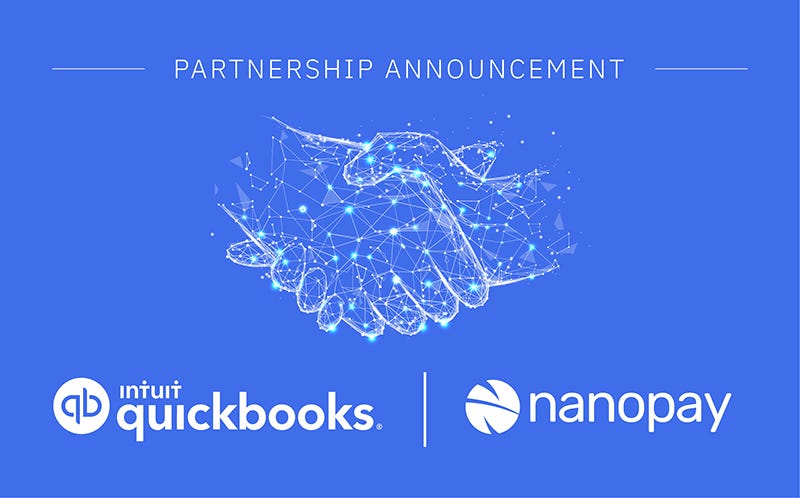
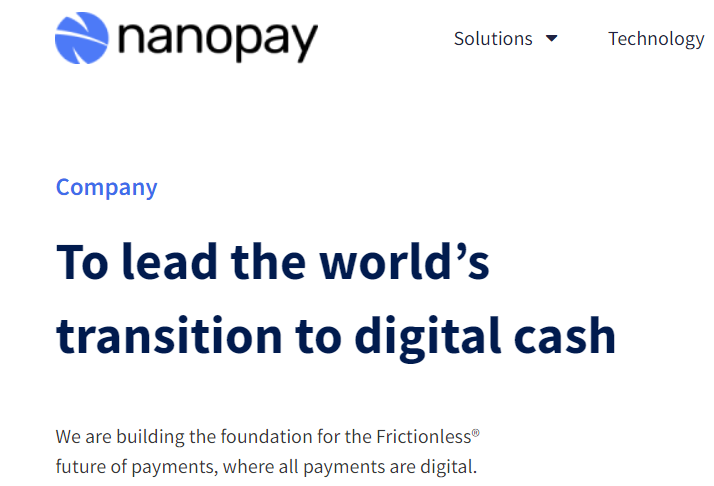

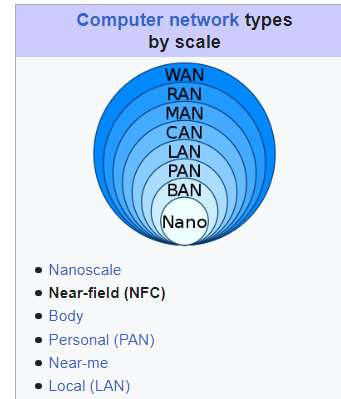




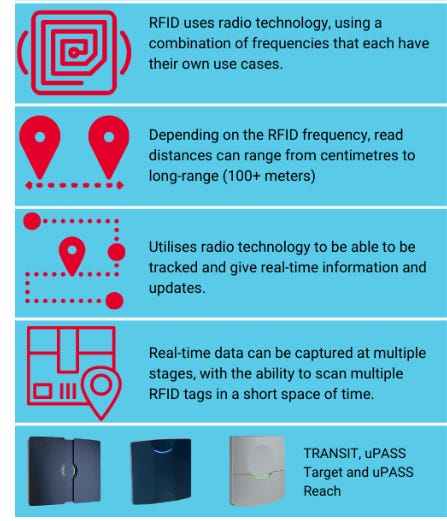

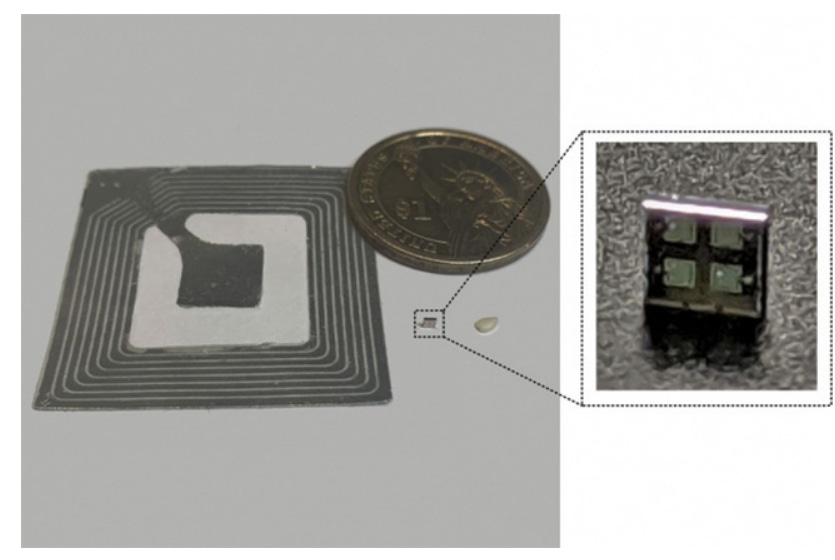



They will have to kill me first. I know they have absolutely no problem with that.
that is one of the most fascinating articles I have read on this in a long time. I did make a PDF, credited to you.. for future reference. Thank you very much for your excellent research.